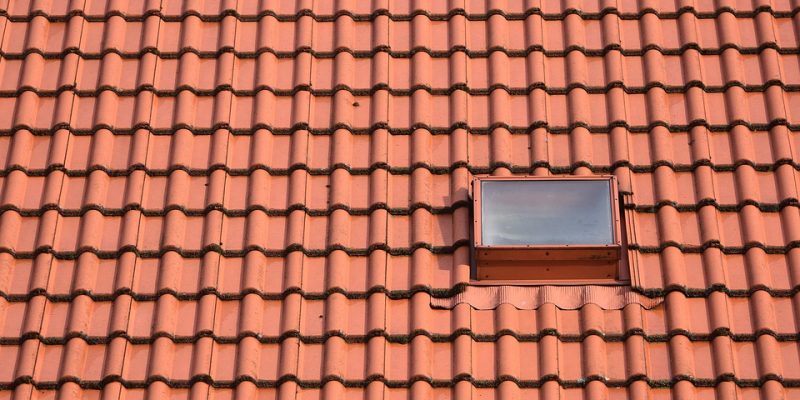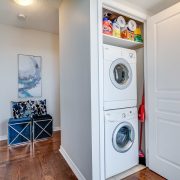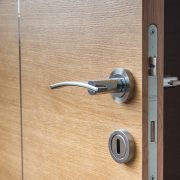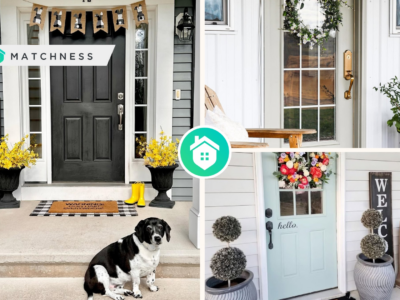Installing roof hatches is an effective and safe way of gaining access to the roof without the hassle of climbing through an unsecured ladder or passageway. It helps mitigate fall incidents and supports the building comply with OSHA regulations and other necessary local codes. These hatches generally provide access to the roof, but which product is the most suitable for you?
There are multiple factors to mull over when choosing the ideal roof access hatch, as it would be in your best interest to ensure that your commercial building has the right product installed. Aside from providing access, roof hatches present other benefits such as:
- An additional layer of security
- Protection against external elements and harsh weather
- Reduce heating and cooling costs
- Promote good indoor air quality through ventilation
- Safe access to the roof
There are certain factors that the owner and the contractor need to address during the initial stages of development to achieve a successful installation and deliver a safe passage to the roof. Despite having the primary function of being an entry point, roof hatches have undergone innovative changes and improvements in their features and options.
To ensure that you select the ideal model for your building, here is a comprehensive guide on what you must consider during the selection process.
1. USE OF THE ROOF HATCH
Before anything else, ask yourself why you need to buy a roof hatch. Identifying your building’s access needs and the hatch’s purpose are vital considerations when looking for a roof hatch. Most commercial owners will use the hatch for personnel or equipment use.
Determining whether the hatch will be used to gain access to the roof or serve as an access point for large pieces of equipment can significantly help you choose the right size of the hatch.
Purchase a single door hatch with a fixed ladder or ship stair for personnel access. If the facility or business operations frequently require workers to bring devices into the roof, it would be best to select a more prominent, two-door hatch with a ship service stair.
2. NEW INSTALLATION OR RETROFIT APPLICATION
Many roof hatches are specifically designed for new installations, while others are ideally used to replace damaged or broken units. During this scenario, you can opt for a low-profile replacement hatch that you can easily mount over an existing hatch to eliminate the need to replace existing roof materials.
3. TYPE OF BUILDING AND LOCATION
Your choice of roof hatch would also primarily depend on the type of facility or business you have. Due to the many variations of a product’s purpose and design, selecting a model that would best suit your building’s access needs is crucial.
The access requirements of a high-security facility would be entirely different than those businesses that operate near coastal zones or flood-prone areas. Addressing the needs of these particular work environments is necessary to ensure that the roof hatch will perform adequately. In addition, since roof hatches are also exposed to harsh weather conditions, it would be best to factor in your property’s location so that it can withstand the changing seasons.
For instance, coastal-zone buildings need a hatch with anti-corrosive properties such as aluminum and stainless steel. On the other hand, secured facilities such as prisons and banks require roof hatches made from heavy-gauge materials and deadbolt locks for enhanced security.
4. TYPES OF ROOF HATCH
Since roof hatches have different design and purpose variations, it would help to fully understand their differences to determine which product is the ideal option for your access needs.
- Aluminum Hatch – Aluminum is ideal for businesses that require a hatch with anti-corrosion properties and is generally weather-resistant. They are significantly lighter than steel but are equally durable. Finally, aluminum is also known to require the least amount of maintenance.
- Stainless Steel Hatch – Steel is widely recognized to provide the most significant durability among other roof hatch materials. They also offer weather resistance, high energy efficiency, water protection, and corrosion prevention. Like aluminum, steel-made units are ideal for water treatment facilities and coastal zones.
- Galvanized Steel Hatch – Galvanized hatches are the most typical material choice since they are cost-efficient. They offer an essential degree of corrosion resiliency with a primer finish.
- Fire Rated Hatch – As a building owner, you can never over-emphasize fire safety. Fire-rated hatches provide an additional level of protection, and it comes in insulated and non-insulated forms developed to control the reach of fire through the hatch opening. Most fire-rated units feature easy-grip operation to prevent accidental closures.
- Thermally Broken Hatch – Protect your business from harmful sunrays with thermally broken roof hatches. These units feature polyisocyanurate insulation and an R-20 rating for superior energy and heating efficiency. To ensure its effectiveness, choose a product that passed the ASTM C1363-11 test.
- Acoustical Hatch – Entertainment and healthcare facilities benefit significantly from sound-rated roof hatches. These hatches feature acoustic insulation and an STC-50 rating that prevents noise transfer and penetration.
These are the most standard roof hatches used in residential and commercial applications. Although some hatches have similar functions or features, their distinction will prevail once installed.
TAKEAWAY
Knowing and understanding the different elements involving roof hatch selection is essential to ensure the success of maintenance and repair jobs and maintain the overall stability of your commercial building. Having a reliable roof hatch unit provides business owners peace of mind knowing that their building is safe from harsh weather and unauthorized entry from the roof.
When selecting a roof access panel, make sure that you communicate thoroughly with your contractor and the supplier so that they can give you professional advice on which product and additional options to choose depending on your access needs. Giving them a detailed specification of your facility, location, and preferences can significantly help determine the proper hatch based on your list.










